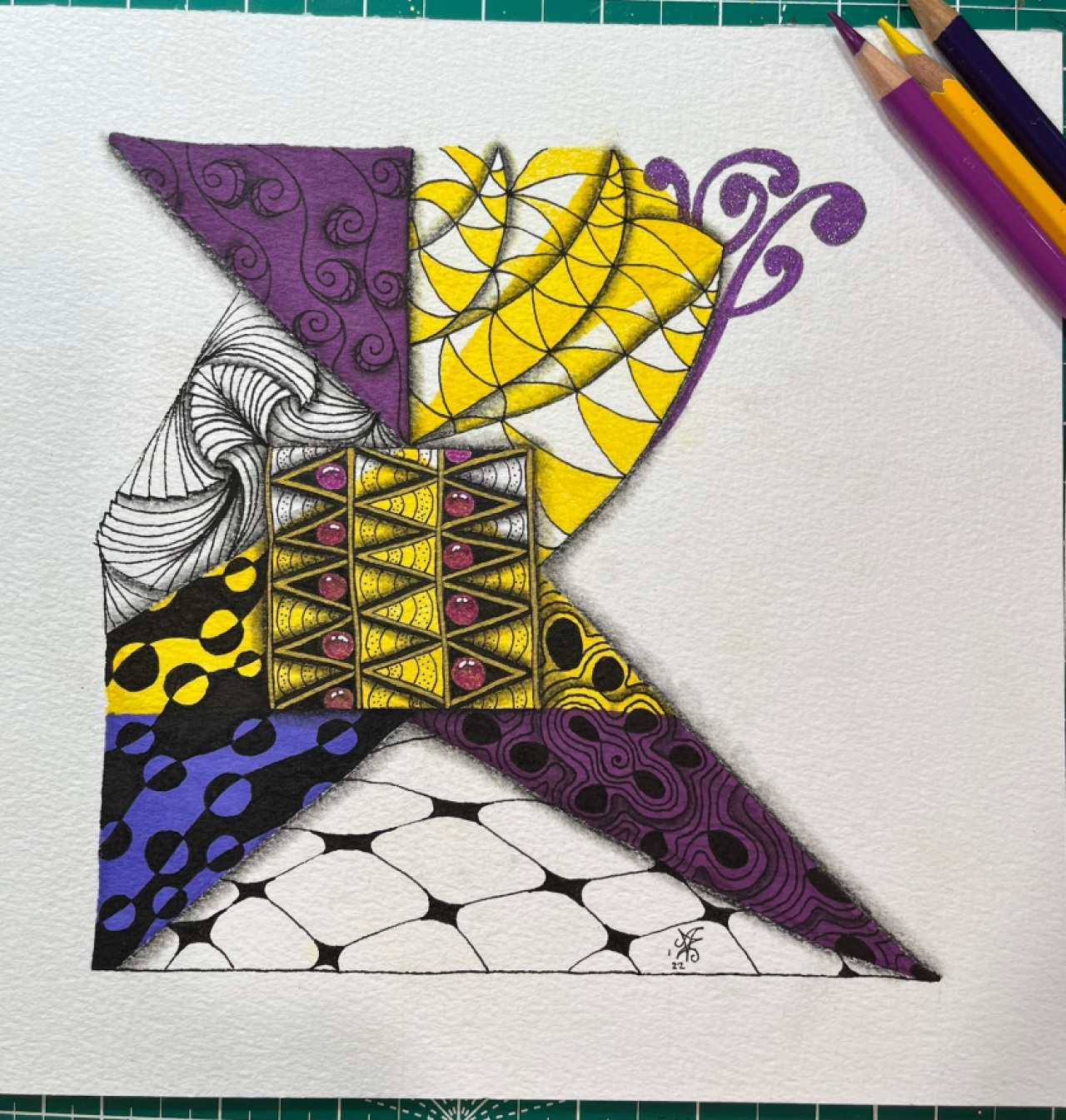January is a good month for cocooning. Technically, you can stretch that idea to the whole of winter, since many of us can’t get outside to enjoy nature activities and the shortened days mean we don’t have sunlight for very long.

Cocooning (or hibernating, perhaps?) is needed by creatives, but I think it’s seldom considered a beneficial part of art practice. The brain needs time to mash up ideas subconsciously, time to percolate various experiences and thoughts in order to generate new ideas. Winter seems to be a natural season for this: a time for the brain to marinate all its juicy creative mish-mash.
It sounds easy, doesn’t it? But isn’t it hard to trust that your subconscious is working behind the scenes to come up with new ideas? I think the only way to build confidence with incubating is to practice it.
But I don’t want to stop making art while the metamorphosis is happening. So I’ve found that this is the perfect time to take classes.
Classes are great when I’m hibernating because I don’t have to think too much. The instructor typically plans out everything. All I have to do is follow along and complete the exercises while my brain is incubating other ideas.
This month, I’ve been taking classes by Doris Charest on abstract composition, and completing the exercises with doodles rather than with abstracts. It’s super easy. She gives 3 or more examples of composition structure, all I have to do is choose one and apply doodles and color.
And, after all, aren’t doodles just abstract deconstructed geometry? The first one came out terrible:

But they have gotten better. I’m especially happy with this one, I love how the colors played together:

Here are two more. The left piece shows movement toward the focal point. I like how it flowed, but wasn’t thrilled about the black paper. I’ve found that textured paper works better for these things than smooth.
The second piece is a “windowed” composition. I didn’t put a lot of time or energy into this one as I’m familiar with this format already.

I am, however, growing a little weary with the doodles, as this is the second month I’ve been working with them after taking a boatload of classes with Zen Linea (Anica Gabrovec) in December. If you are at all interested in what’s called “Zentangle”, she’s the instructor to follow. Her voice is soothing and she gives you great examples. Here’s a collection of practice pieces I’ve done in her classes:

I was super happy with this one:

I have to say, I don’t like the name “Zentangle”. I’m a Zen practitioner and I’m uncomfortable with someone profiting from the use of selected spiritual practices. Zentangle is not about practicing Zen, but since it borrows the name, it makes people think they are practicing Zen.
Zen, by the way, is a Westerner’s way of shortening “zazen”, a seated practice of meditation during which you do nothing in an effort to balance “yourself” with the rest of reality. Sit and do absolutely nothing. No drawing, no chanting, no praying, etc. Simply be in the moment, which is how (I guess) they came up with the name “Zentangle”.
I know that in the U.S., especially, everything is commercialized; there are no ethical limits as to what people will do to make money. I suppose Evangelists and people who have sold prayers historically have been exploiting spiritualism for ages, which doesn’t make it right, but it makes me think I shouldn’t take trademarking of a spiritual process terribly seriously. Serious practitioners won’t be fooled by a name. This blog isn’t about Zen, of course, but I thought you should know why I dislike the trademark.
I love the drawing practice, however, and the “Zentangle” methodology is a wonderful way to focus on what you’re doing in the moment, even if it isn’t zazen. The experience of tangling in the way taught by the “Zentangle” owners is very good for helping creatives let go of expectations and simply make something. I just wish they’d change the name!
Do you doodle or tangle? What type of artwork do you do when you’re in a cocooning mode?



